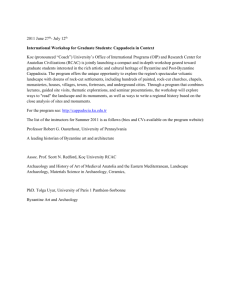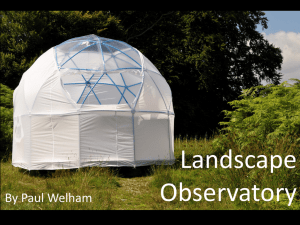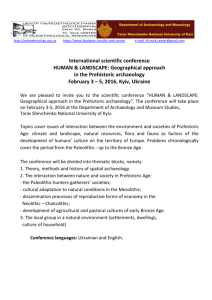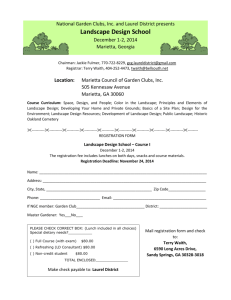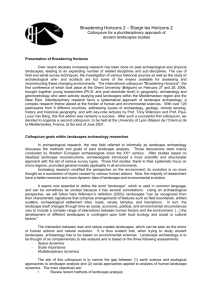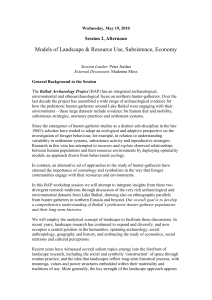Microsoft Word - Bournemouth University Logo
advertisement
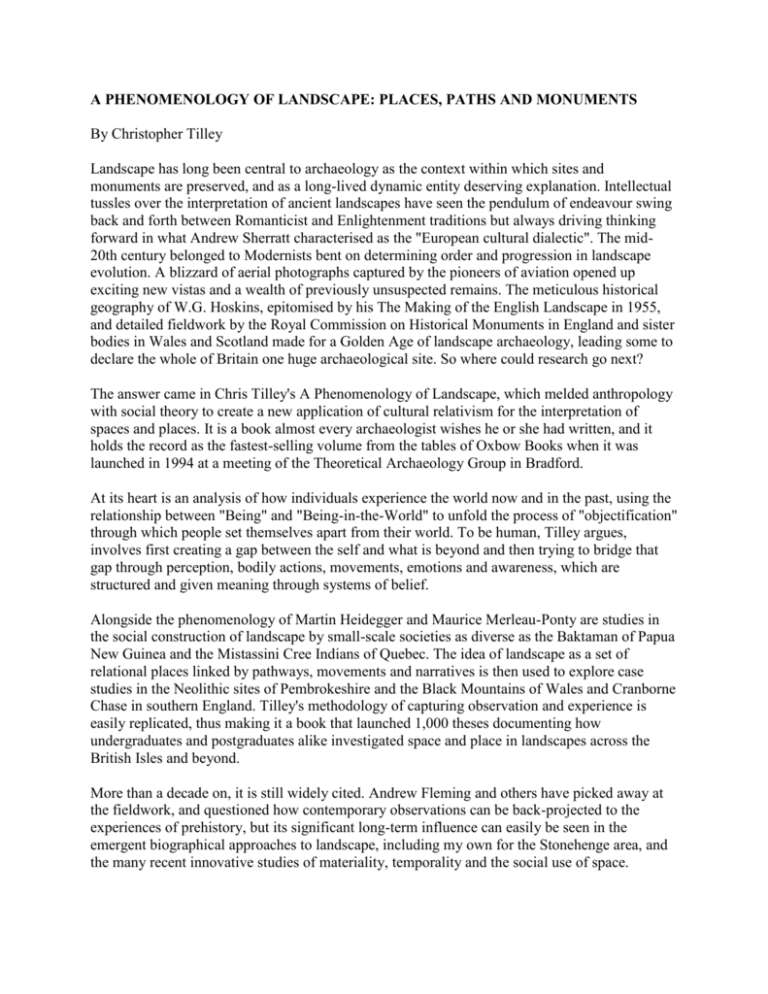
A PHENOMENOLOGY OF LANDSCAPE: PLACES, PATHS AND MONUMENTS By Christopher Tilley Landscape has long been central to archaeology as the context within which sites and monuments are preserved, and as a long-lived dynamic entity deserving explanation. Intellectual tussles over the interpretation of ancient landscapes have seen the pendulum of endeavour swing back and forth between Romanticist and Enlightenment traditions but always driving thinking forward in what Andrew Sherratt characterised as the "European cultural dialectic". The mid20th century belonged to Modernists bent on determining order and progression in landscape evolution. A blizzard of aerial photographs captured by the pioneers of aviation opened up exciting new vistas and a wealth of previously unsuspected remains. The meticulous historical geography of W.G. Hoskins, epitomised by his The Making of the English Landscape in 1955, and detailed fieldwork by the Royal Commission on Historical Monuments in England and sister bodies in Wales and Scotland made for a Golden Age of landscape archaeology, leading some to declare the whole of Britain one huge archaeological site. So where could research go next? The answer came in Chris Tilley's A Phenomenology of Landscape, which melded anthropology with social theory to create a new application of cultural relativism for the interpretation of spaces and places. It is a book almost every archaeologist wishes he or she had written, and it holds the record as the fastest-selling volume from the tables of Oxbow Books when it was launched in 1994 at a meeting of the Theoretical Archaeology Group in Bradford. At its heart is an analysis of how individuals experience the world now and in the past, using the relationship between "Being" and "Being-in-the-World" to unfold the process of "objectification" through which people set themselves apart from their world. To be human, Tilley argues, involves first creating a gap between the self and what is beyond and then trying to bridge that gap through perception, bodily actions, movements, emotions and awareness, which are structured and given meaning through systems of belief. Alongside the phenomenology of Martin Heidegger and Maurice Merleau-Ponty are studies in the social construction of landscape by small-scale societies as diverse as the Baktaman of Papua New Guinea and the Mistassini Cree Indians of Quebec. The idea of landscape as a set of relational places linked by pathways, movements and narratives is then used to explore case studies in the Neolithic sites of Pembrokeshire and the Black Mountains of Wales and Cranborne Chase in southern England. Tilley's methodology of capturing observation and experience is easily replicated, thus making it a book that launched 1,000 theses documenting how undergraduates and postgraduates alike investigated space and place in landscapes across the British Isles and beyond. More than a decade on, it is still widely cited. Andrew Fleming and others have picked away at the fieldwork, and questioned how contemporary observations can be back-projected to the experiences of prehistory, but its significant long-term influence can easily be seen in the emergent biographical approaches to landscape, including my own for the Stonehenge area, and the many recent innovative studies of materiality, temporality and the social use of space. Timothy Darvill is professor of archaeology and director of the Centre for Archaeology, Anthropology and Heritage, Bournemouth University.
